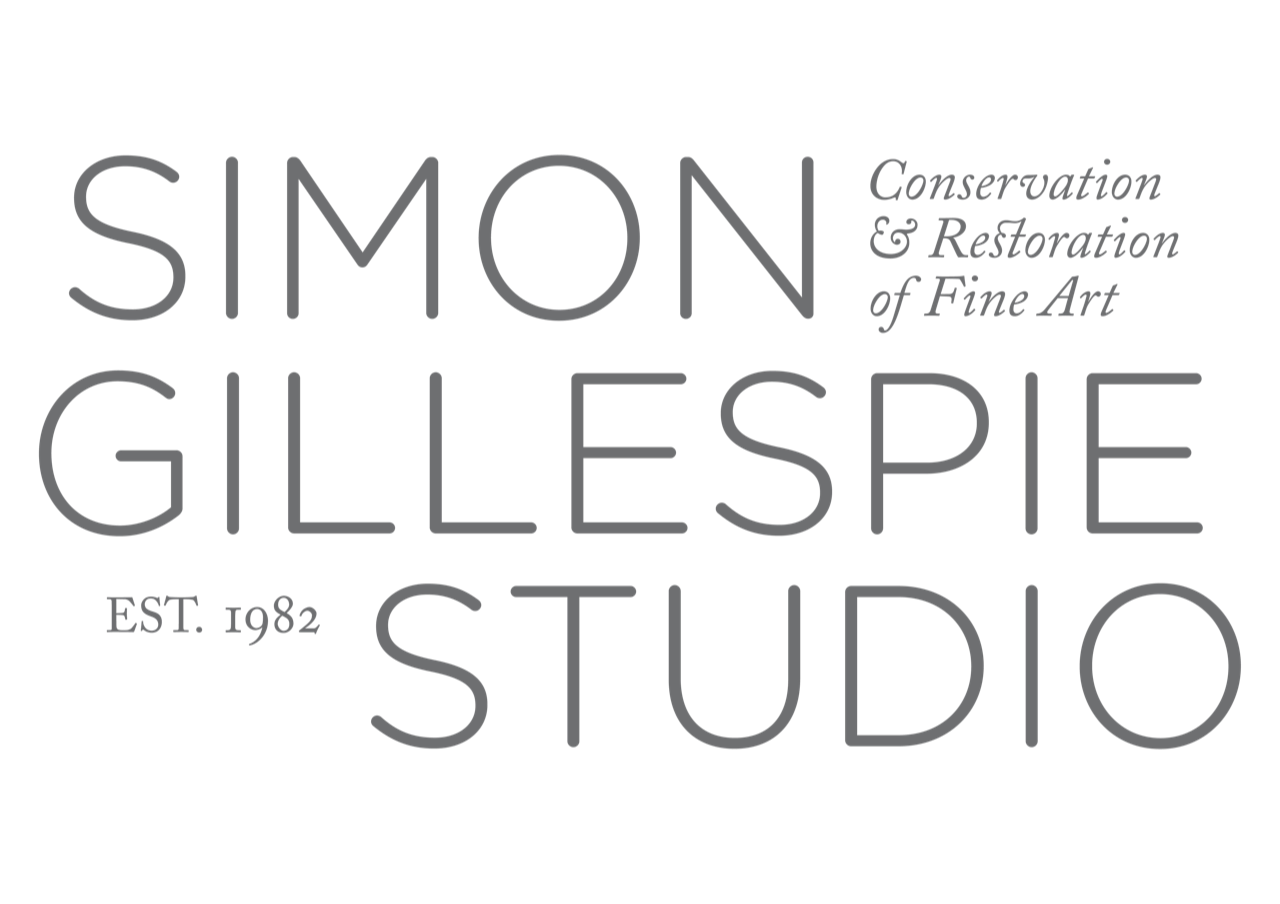Discovering Jordaens...
This picture was a bit of a mystery when it arrived at the Studio in 2016, in a very sorry state. Thought to be just an 18th century copy, it had been put in storage at Swansea Museum. On arrival at the studio (top) there was considerable overpaint covering the artist’s original paint. There was significant structural damage too, with all the joins in the panel failing (see that horizontal line below the hand?).
After treatment, the artist’s original sketchy brushstrokes were revealed, which had much better modelling, including in the hands, as well as an outfit change - the later overpaint on the dress had been in red, but the original costume included parts in red, ochre and white!
Thanks to our work, this picture was recognised as a sketch by Jacob Jordaens for the picture ‘Meleager and Atalanta’ that hangs at the Prado Museum.
Painter and tapestry designer Jordaens (1593 - 1678) was the leading Flemish Baroque painter of his day, after Rubens and van Dyck. Unlike his contemporaries, who travelled to Italy to study and hone their craft, Jordaens stayed in Antwerp all his life, living with, and studying under, Adam van Noort (who was also Rubens’ teacher). Unlike his peers, with loftier and more courtly ambitions, Jordaens sought to authentically portray the honesty of Flemish life, with many of his artworks depicting local traditions and common people in celebratory expressions of life. He was particularly influenced by the genre traditions of Peiter Bruegel the Elder.
The painting of ‘Meleager and Atalanta’ (below), painted between 1620 and 1623, marks a departure from his usual themes, turning to Greek mythology and the legend of the Calydonian Hunt. The Greek hero Meleager was one of the Argonauts, who returned home from his quest to discover a ferocious boar ravaging his father’s kingdom. Atalanta, a fierce heroine, joined him in the Hunt. Meleager and Atalanta fell in love, although of course, as is the way in such tales, their romance was doomed by fate.


